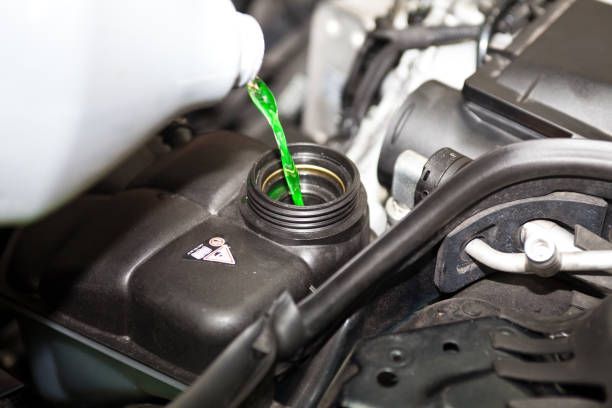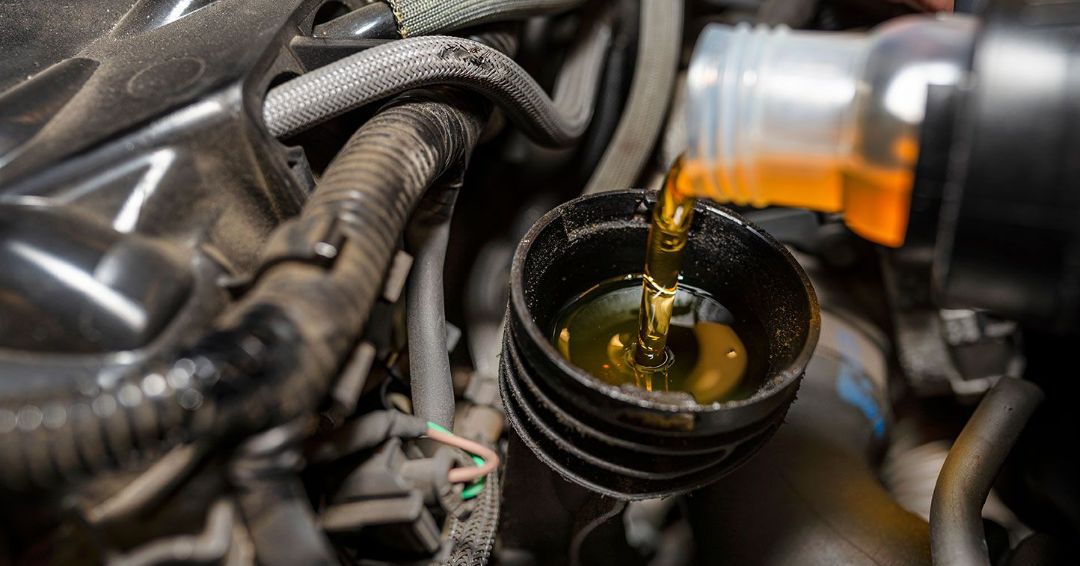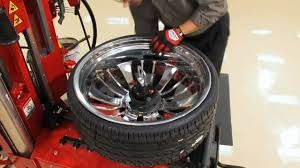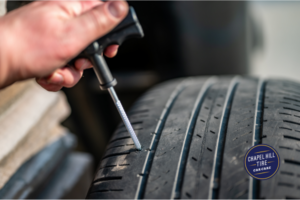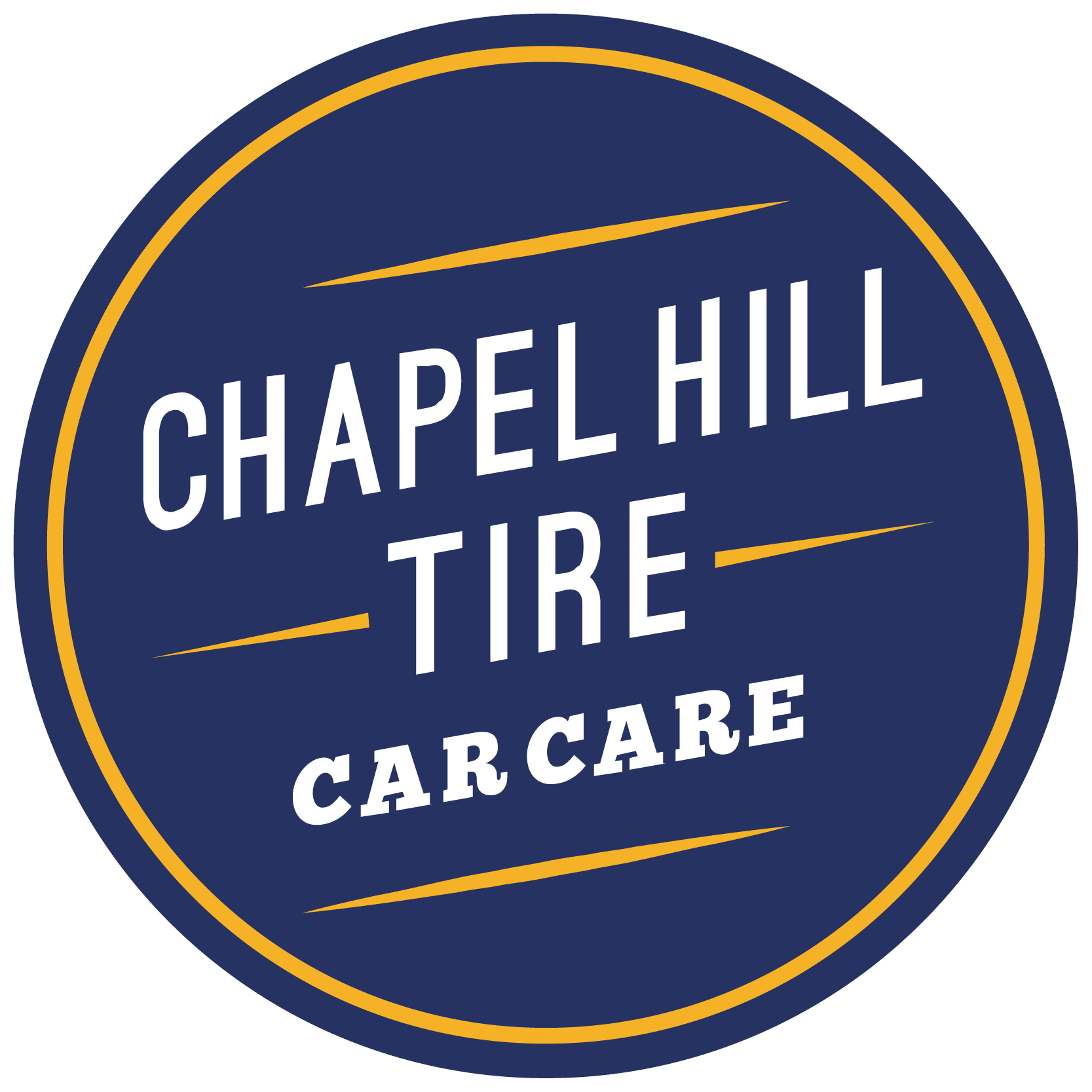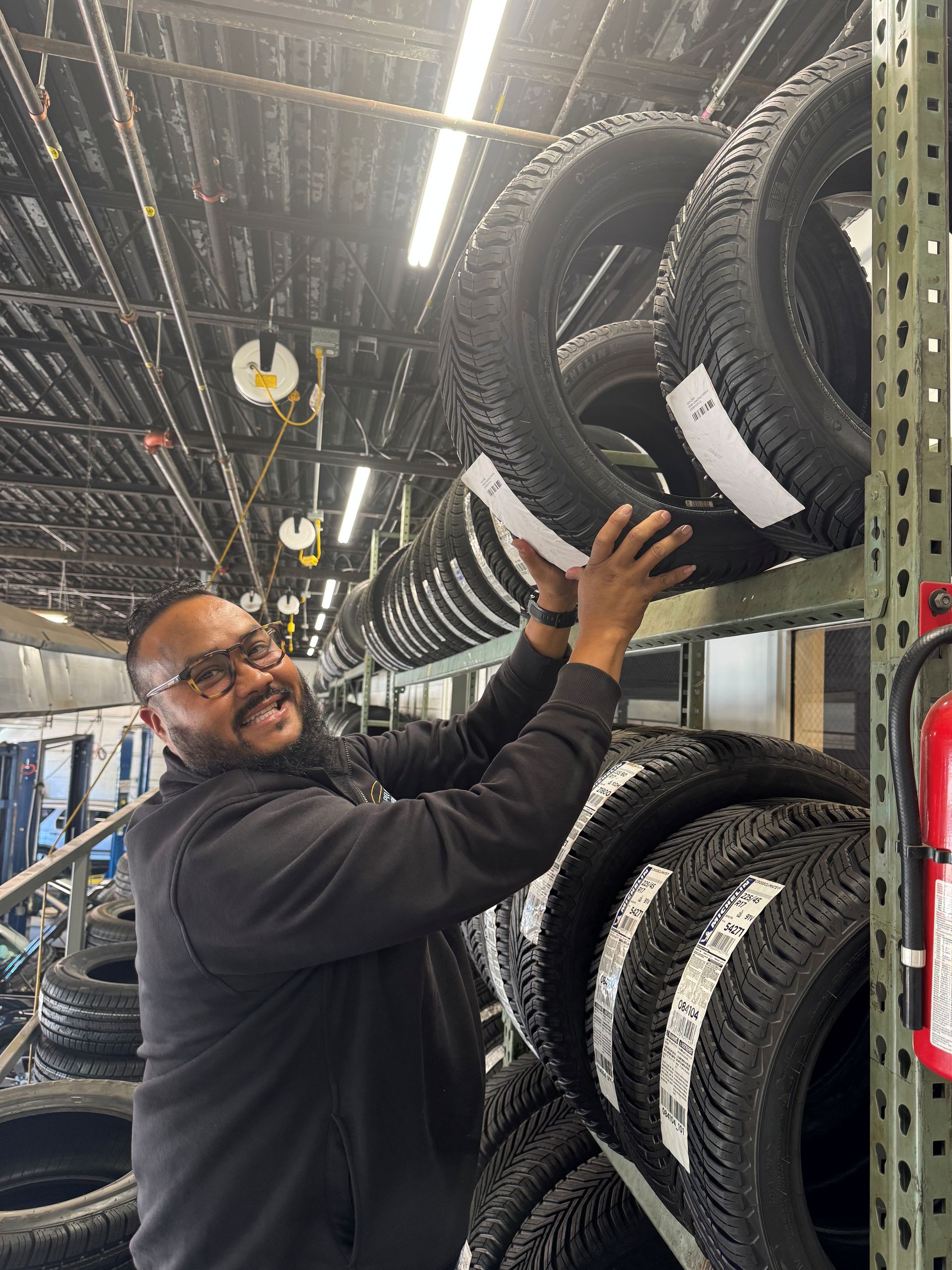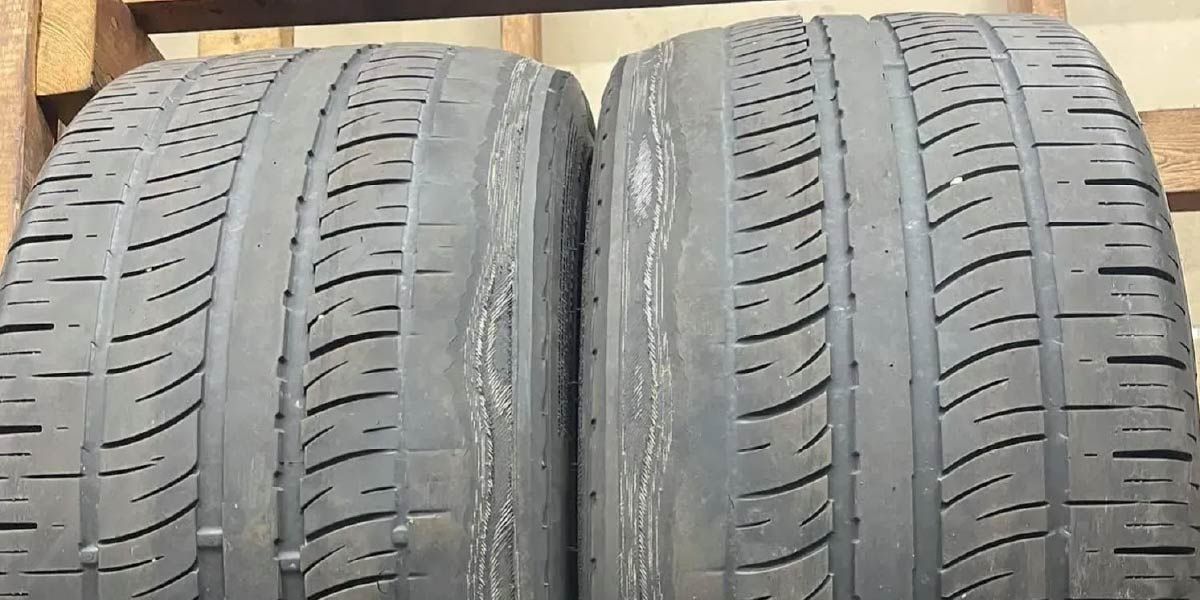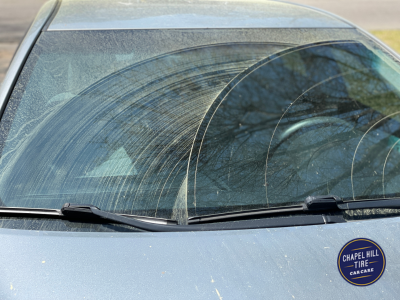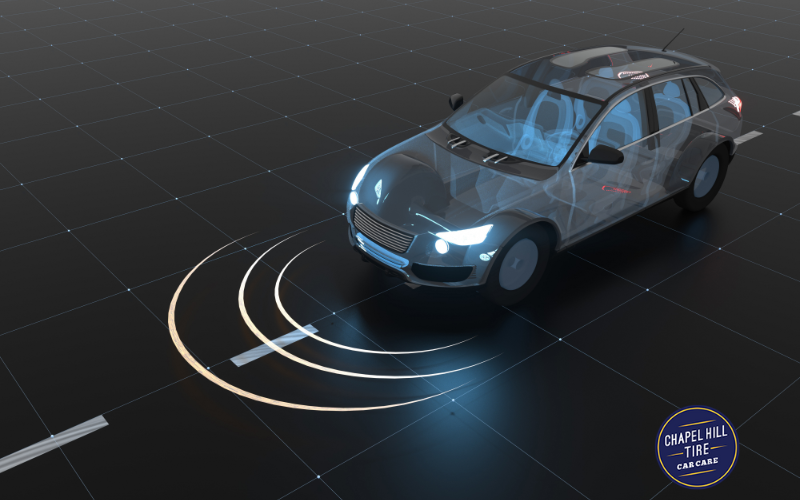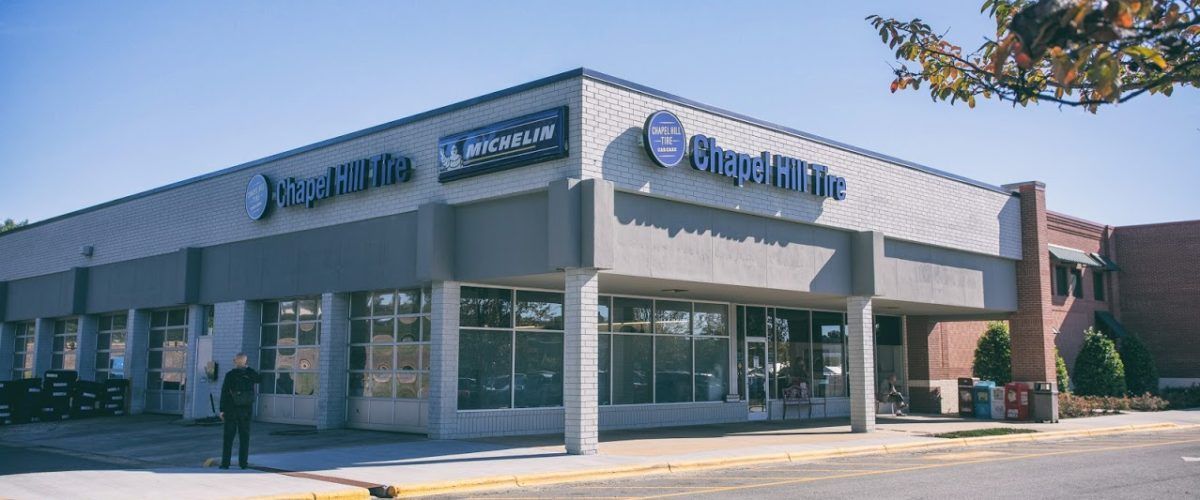5 Steps to Refilling Your Tire Air for Low Tire Pressure
Auto Shops Located in: Chapel Hill, Durham, Taleigh, Apex, and Cary North Carolina
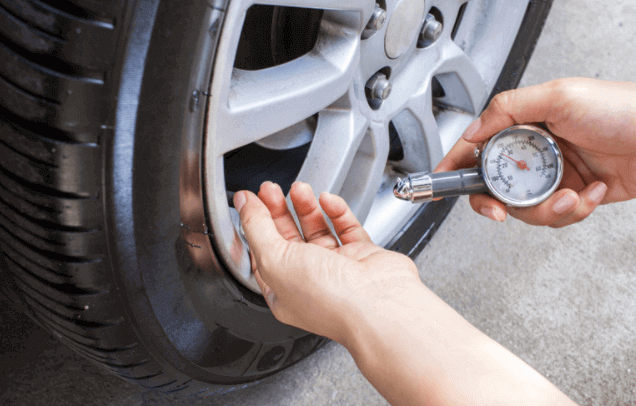
As the air cools down, you will notice your car’s low tire pressure dashboard warning light flicker on. Low tire pressure can leave your car and tires at risk for damage—and cause your fuel economy to tank. Not to fear—our local mechanics are here to look at how you can easily refill your tire air.
Step 1: Find a Refill Spot
First, you will need to get your car to an air compressor. Thankfully, these are often easier to locate than you might imagine:
- Home or portable air compressor: Naturally, if you own an air compressor, you can refill your tires from the convenience of your garage. Portable air compressors are also becoming incredibly common. These devices can be kept in your car, powered by your vehicle’s battery, and used on the go. If you don’t have an air compressor, you might have a neighbor or nearby friend who can give you a hand—they are more common than you might think.
- Gas stations: Many drivers refill their tires with air at a gas station. Most gas stations have air compressors—the only downside is that some gas station refill stations are paid services. Additionally, some older units will rely solely on quarters rather than accepting credit cards. However, it is also possible to find free refill stations at select gas stations.
- Tire shops and mechanics: Some mechanics and tire shops (including Chapel Hill Tire) will refill your tire pressure for free. This is perhaps the easiest solution—as you can get your tires’ air refilled without lifting a finger. While it might seem out of the way to visit a mechanic just for a tire refill, it is free and will save you the hassle of navigating this process. You can also pair this visit with other routine and necessary services, including a tire rotation, oil changes, maintenance flushes, and more.
Step 2: Check Your Desired Tire Refill Pressure
You might be wondering, “What should I refill my tire pressure to?” or “How much air does my car tire need?” The answer here is written on the inside of your door. Simply open your driver’s door and look at the frame of your car for your tire information panel. If you are having a hard time finding it, view our guide (with pictures) here. As the name suggests, the tire information panel will tell you everything you need to know about your tires—including recommended tire pressure (PSI).
Step 3: Remove Valve Stem Caps
Your tire’s air valve stems are protected by small caps. These caps keep dirt and debris away from the air valve stems. As such, you should carefully remove each of your valve stem caps. Place them in your pocket or the door panel of your car. These caps are easy to drop or lose if you try to keep a hold of them.
If you find that your car’s tire is missing a stem cap, you can affordably purchase new ones—and unique varieties can even help you add a custom flair to your tires.
Step 4: Prepare your Air Compressor
Next, it is time to get your air compressor ready. Depending on the air compressor you are using, there are a few considerations you might need to follow:
- Attach the air compressor: Most air compressors involve simply gently pressing the air compressor onto the valve stem. Then, it should “snap” on. In other words, there will be no need to screw the air compressor’s nozzle into place like you would the valve stem cap.
- Lock in the nozzle: Depending on your air compressor, you may also need to adjust the nozzle. Some nozzles have a black “switch” that locks the air compressor into place and allows air to flow.
- Set desired PSI: If you have an automatic air filter with auto shut-off, set it to your desired tire pressure settings.
- Insert quarters: If you are at a paid air compressor, insert your quarters to get the air flowing.
Step 5: Fill Your Tires to Recommended Pressure
Finally, carefully fill up each of your tires. It is crucial to avoid overfilling your tires with air. Modern tire air compressors with auto shut-off will stop once they reach your desired air pressure. Some vehicles even have a sensor to help you along and tell you once desired tire pressure is reached. However, if this is not the case, you should monitor your tire pressure progress with a gauge.
Once your tires have reached their recommended pressure, you can carefully remove the air compressor and turn it off or begin working on the next tire.
Tire Pressure Refill and New Tires at Our Local Mechanic
You can get your tires refilled for free at your local Chapel Hill Tire. We also automatically check and fill your tire pressure during routine services—including oil changes. You can make an appointment here online, browse our coupons, or give our local mechanics a call to get started today!
We’ve got all your automotive repair needs covered.
